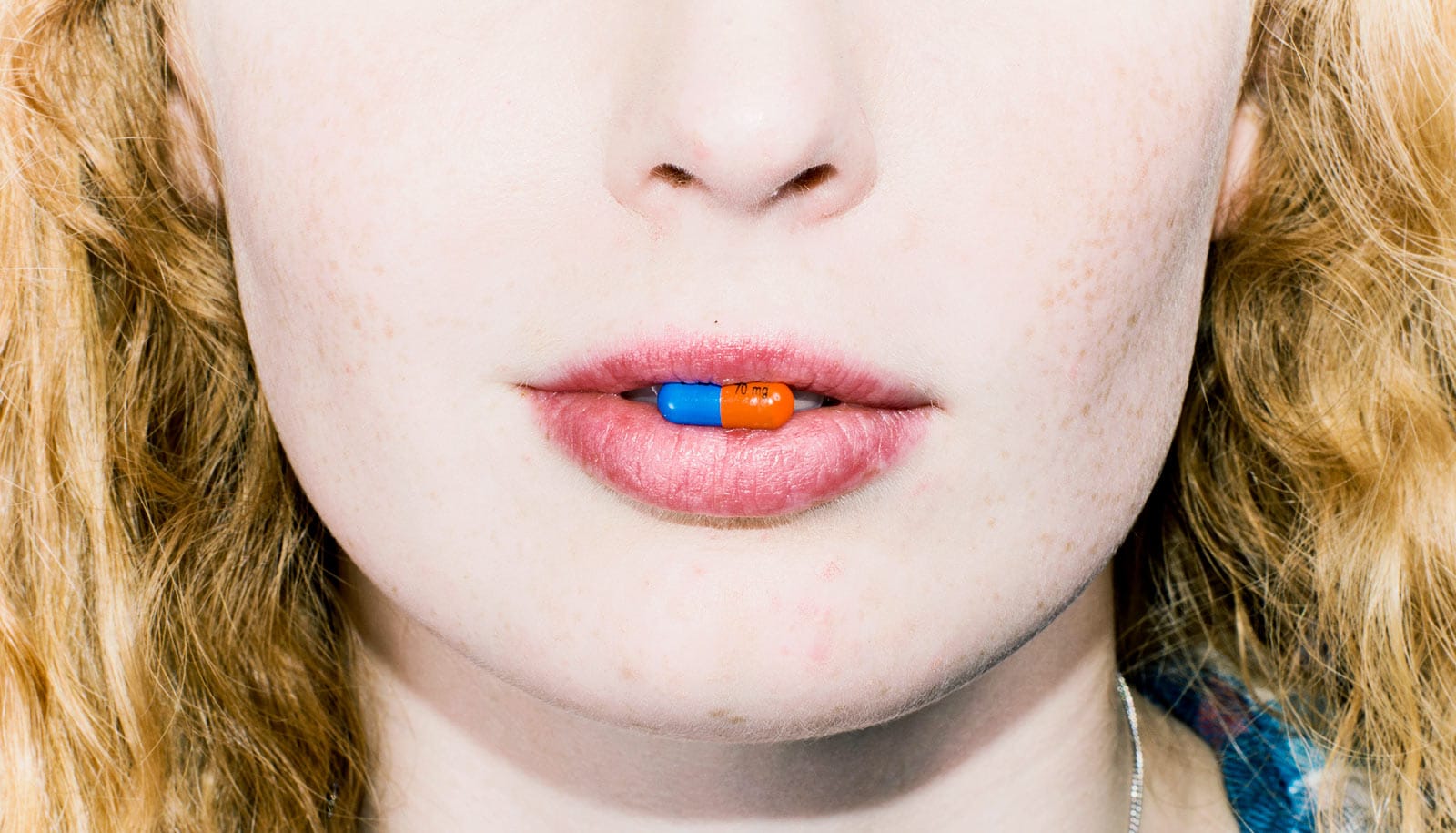For young people who don’t have ADHD, recreationally taking Ritalin may lead to changes in brain chemistry associated with risk-taking behavior, sleep disruption, and other undesirable effects, a new study suggests.
Ritalin, the brand name for methylphenidate, a central nervous system stimulant used to treat ADHD (attention deficit hyperactivity disorder), is a growing problem among college students who use it without a prescription as a so-called “study enhancer.” The drug works by increasing the concentration of certain neurotransmitters in the brain that control reasoning, problem solving, and other behaviors.
“Although Ritalin’s effectiveness in treating ADHD is well-documented, few studies have looked at the drug’s effect on non-prescribed illicit use,” says Panayotis (Peter) Thanos, senior research scientist at the Research Institute on Addictions at the University at Buffalo. “We wanted to explore the effects of this stimulant drug on the brain, behavior, and development on non-ADHD subjects.”
Recent studies put college students’ nonprescription use of stimulant drugs (Ritalin and amphetamines such as Adderall and Dexedrine) at rates anywhere between 14 and 38 percent, depending on the type of college and age of student. The common belief is that these drugs can help students to focus and concentrate when studying and perform better on tests. Alarmingly, these drugs are finding their way into high schools, as well, for the same reasons.
Thanos’ team looked at changes in the brains of rats who received regular doses of methylphenidate during what would be equivalent to adolescence in humans, a time of significant brain growth and development.
Prescription drug abuse amps up sexual assault risk at college
“We saw changes in the brain chemistry in ways that are known to have an impact on the reward pathway, locomotor activity, and other behaviors, as well as effects on body weight,” Thanos says.
“These changes in brain chemistry were associated with serious concerns such as risk-taking behaviors, disruptions in the sleep/wake cycle, and problematic weight loss, as well as resulting in increased activity and anti-anxiety and antidepressive effects.”
Further research indicated that female subjects were more sensitive to the behavioral effects of methylphenidate than the males.
Thanos hopes that studying the effects of methylphenidate on those without ADHD may lead to a greater understanding of how the drug works on the brain and behavior, and can help researchers understand the impact of the drug on young people throughout development.
More college students are using Adderall to stay up and study
“Understanding more about the effects of methylphenidate is also important as people with ADHD show greater risk to be diagnosed with a drug dependency problem,” Thanos says. “In addition, this study highlights the potential long-range risks college students take in using Ritalin for a quick study boost.”
This research appeared in the Journal of Neural Transmission in May and in Frontiers in Behavioral Neuroscience in March.
The New York State Research Foundation and the National Institute of Child Health & Human Development of the National Institutes of Health funded Thanos’ research. Coauthors are David Komatsu of Stony Brook University and Michael Hadjiargyrou of the New York Institute of Technology.
Source: University at Buffalo



